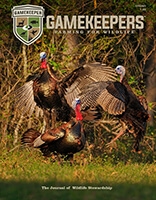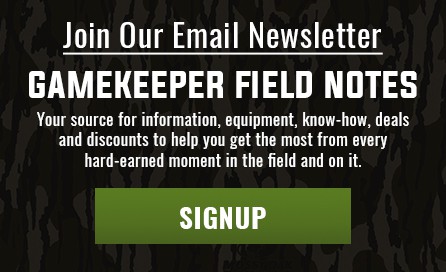Tagging and quota systems are essential tools in modern wildlife management because they allow agencies to regulate harvest and maintain healthy game populations. Tags serve as an individual permit for a hunter to take a specific animal, while quotas cap the total number of animals harvested within a season or region. Gamekeepers should also follow a plan and possibly set quotas for their property for certain game species. This dual system ensures that hunting remains sustainable and aligns with population objectives set by biologists.
For example, many states apply quotas to big game species like elk, moose, and bighorn sheep, where populations are more vulnerable to overharvest. Hunters often enter a lottery for these limited tags, which balances demand and biological limits. In addition, tagging provides critical data. When hunters report their harvest, managers gain insights into age structure, sex ratios, and distribution—information that shapes future regulations.
This system also has economic and social benefits. By limiting opportunity through quotas, states can enhance the value of each tag, sometimes using revenue for habitat restoration and research. Additionally, it creates a fair system where everyone has a chance to participate, rather than a “first-come, first-served” scenario.
Ultimately, tagging and quotas allow wildlife agencies to achieve a delicate balance: providing hunting opportunities while ensuring species thrive for future generations. Without these tools, overharvest could quickly undo decades of conservation progress. They’re a prime example of how science-based management underpins North America’s successful wildlife conservation model.
-
Join our weekly newsletter or subscribe to Gamekeepers Magazine.
Your source for information, equipment, know-how, deals and discounts to help you get the most from every hard-earned moment in the field.





